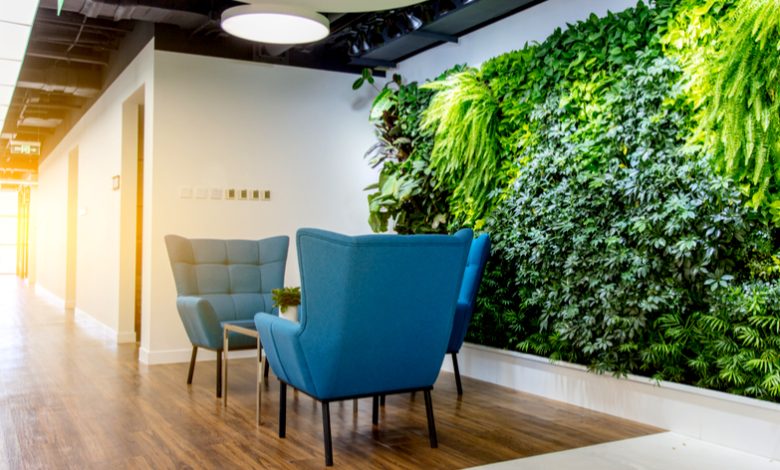5 Major Elements of Biophilic Art

Biophilia is a fairly old concept, dating back to 1984 when Biologist Edward Wilson incorporated nature into architectural design. Since then, biophilic ideas have greatly influenced the design of modern homes. Thanks to biophilic art, residents, office buildings, and public installations now borrow heavily from the natural habitat.
But how does the concept of biophilic art apply to modern architecture? Here is what biophilic artwork entails and the five major elements designers use in biophilic concepts.
What Is Biophilic Art?
Biophilic art is a design approach that aims to create a close relationship between nature and homeowners. Architects use natural elements like landscape features and sunlight to make buildings conducive to the occupants of the concept.
For example, architects can propose a dynamic lighting system that naturally conforms to the external lighting conditions. As a result, when there’s no sunlight to illuminate the house, the lighting system automatically becomes active. Similarly, when there’s sufficient sunlight, the artificial lighting system automatically switches off to help reduce indoor power usage.
Elements of Biophilic Artwork
Several principles guide architects and designers when developing housing concepts with biophilic design. Whether used individually or collectively, the main focus is to make the indoor environment natural and conducive.
Below are five elements that biophilic artwork incorporates:
Natural Shapes
The natural environment is full of objects with both regular and irregular shapes. Examples include the expansive, formless sky, elongated rivers, and circular-shaped objects like the moon. Architects look up to the different shapes for artistic inspiration.
As a result, there are similar shapes on various sections of buildings, including stair rails, ceilings, doors, windows, and roofs.
Natural Light
Light is an essential component of every home design. Architects now incorporate more natural light from the sun for illumination and ventilation. In biophilic design, architects strive to use natural light from the sun to create different light qualities. Most libraries, for instance, have 80% of daylight illumination from the sun.
Natural Vegetation
One of the most successful approaches to biophilic art is using natural vegetation in buildings. For this reason, commercial and residential houses have natural flower beds with attractive natural plants at strategic points. Plants create a nature-filled space, connecting house occupants with nature.
In commercial buildings, outdoor gardens offer the public a green space suitable for walkways and waiting lounges.
Some homeowners also incorporate indoor plants into their homes to boost aesthetic appeal.
Natural Patterns and Processes
Humans use the senses of sight, smell, hearing, and touch to respond to the environment.
For this reason, architects and designers incorporate natural processes through biophilic art to enhance the response of humans to the natural environment. For example, some hospitals have a special outdoor space for restorative therapy, where patients can experience light reflection and different patterns of the blowing wind.
Bio-geographical Features
Bio-geographical elements such as mountains, rivers, and deserts are essential for biophilic artwork. Designers use the colors of prominent natural features to depict various color schemes for the indoor environment. The color green, for instance, depicts a sense of hope and healing for patients in the hospital.

